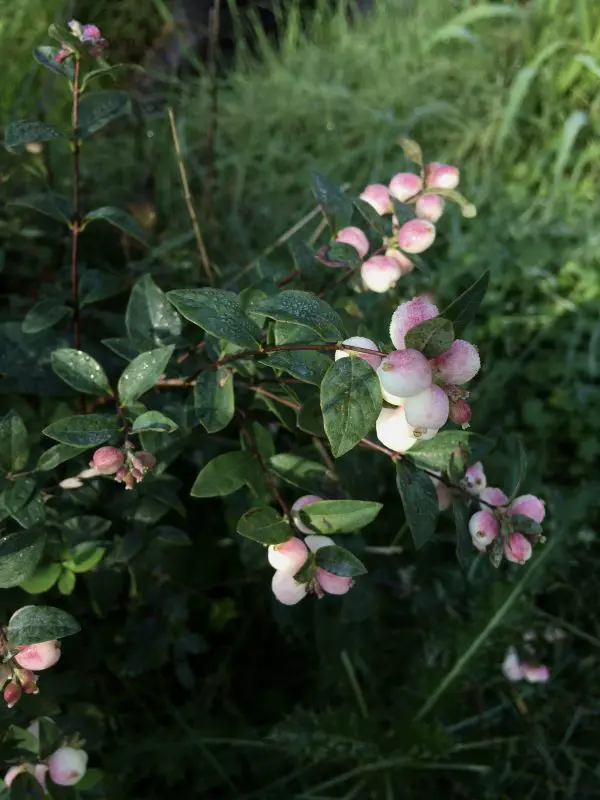Want to share your yard with wildlife and improve local water quality?
Bellingham parks, natural areas, and greenways are important habitat for birds, bees, butterflies, amphibians, fish, and other wildlife. Home, school, and business landscapes can provide wildlife habitat, too.
Creating habitat with native plants provides food and shelter for local songbirds and other wildlife, reduces the need for water and chemical pest control, and improves water quality of local streams by reducing pollution runoff and erosion (helping salmon, too!). Encouraging the growth of native plants is also an important way to slow climate change, since native plants absorb carbon dioxide and other pollutants from the air, produce oxygen, and protect biodiversity.
Bellingham was certified by the National Wildlife Federation as the nation’s 37th Community Wildlife Habitat in March 2010, and has retained this certification for over a dozen years and counting!
You can help support wildlife in Bellingham, too, by creating habitat in your backyard! Take action to preserve and restore wildlife habitat and visit the NWF’s Certify Your Habitat webpage to register your property.”
Please contact the Permit Center at permits@cob.org or 360-778-8300 prior to completing backyard landscaping projects that are larger than 500 square feet, or if your property is in the Lake Whatcom watershed or near a critical area (wetland, creek, shoreline, steep slope). Landscaping projects are not permitted in right-of-way or utility easement areas without an approved permit.
Getting Started in your Backyard
Additional Ways to Restore Habitat in Bellingham
- Join a volunteer work party: The City’s Parks Volunteer Program hosts community work parties during fall, winter, and spring at parks and trails throughout the city. All ages welcome, no experience necessary.
- Become a Park Steward: You can adopt a trail, open space, or greenway to care for. The Parks Volunteer Coordinator will provide all training necessary to complete your duties.
Email Updates: Receive email updates about habitat restoration in Bellingham by signing up for our Volunteer Newsletter and Habitat News.
Contacts
Parks Volunteer Program
Phone: (360) 778-7105
Email: pkvolunteers@cob.org
Learn more about our Parks Volunteer Program.
Parks and Recreation Contacts
City of Bellingham Habitat Restoration Program




